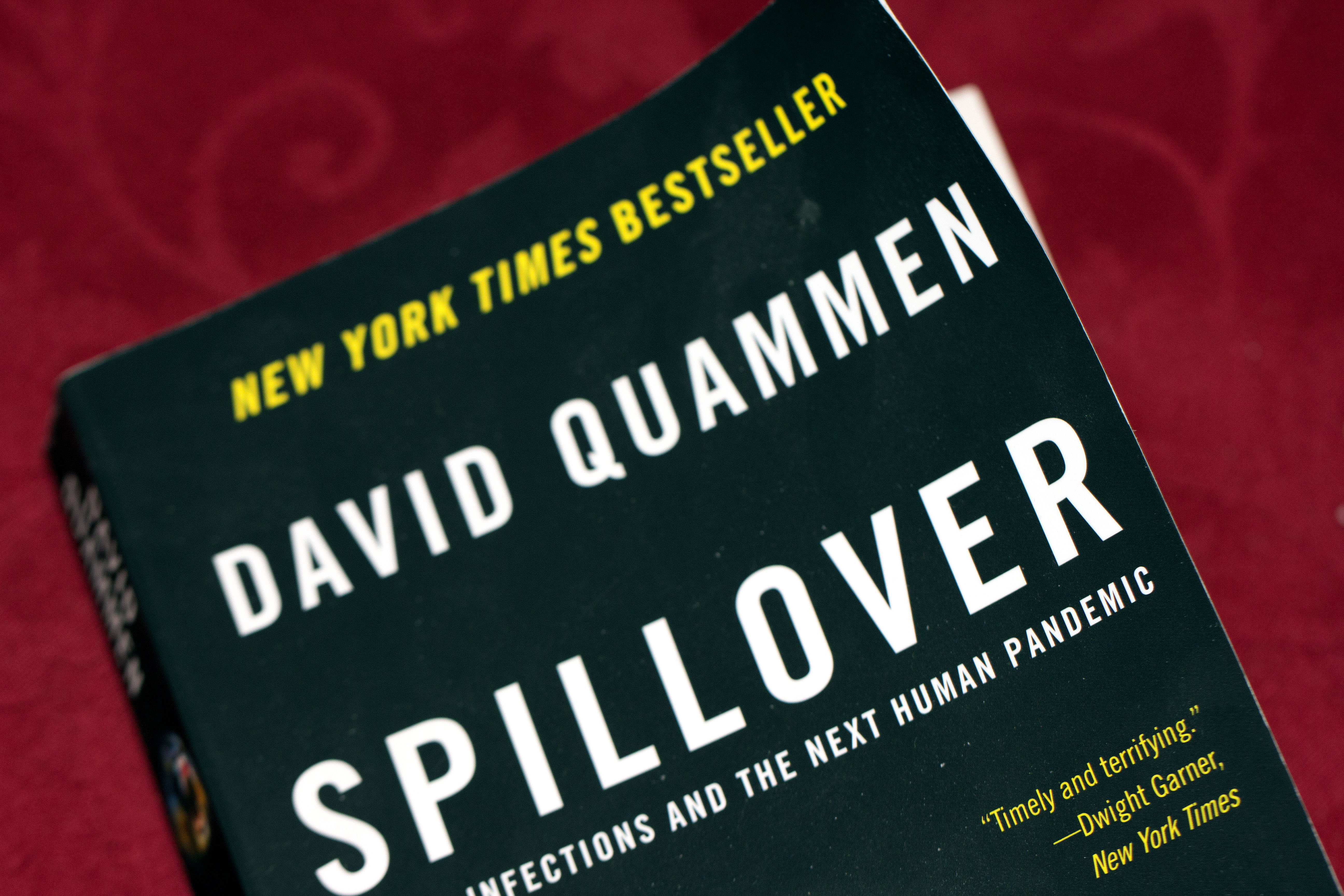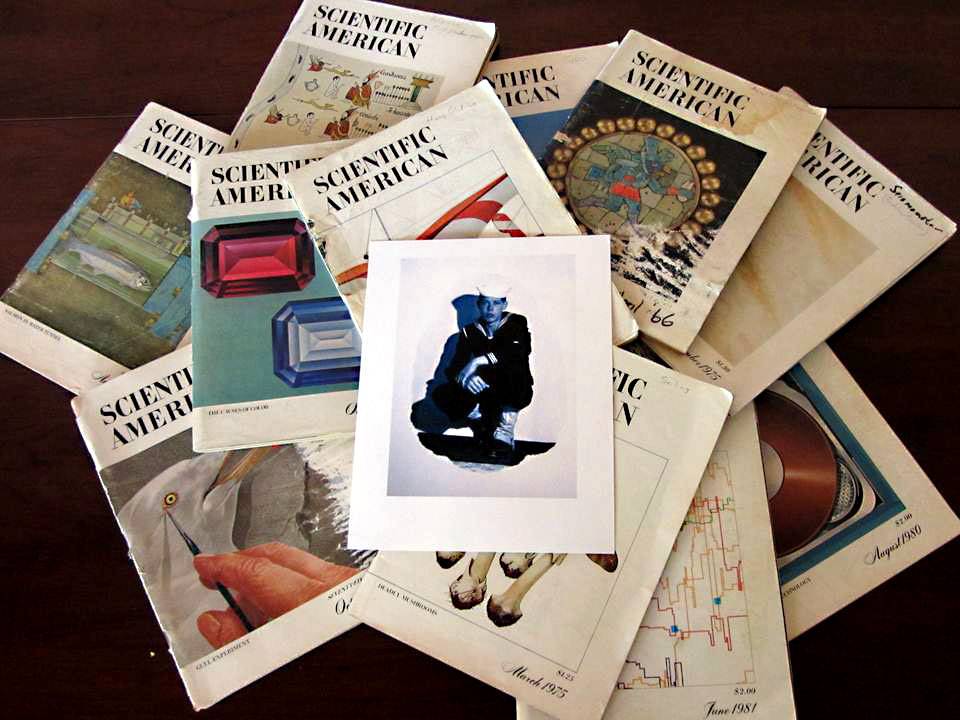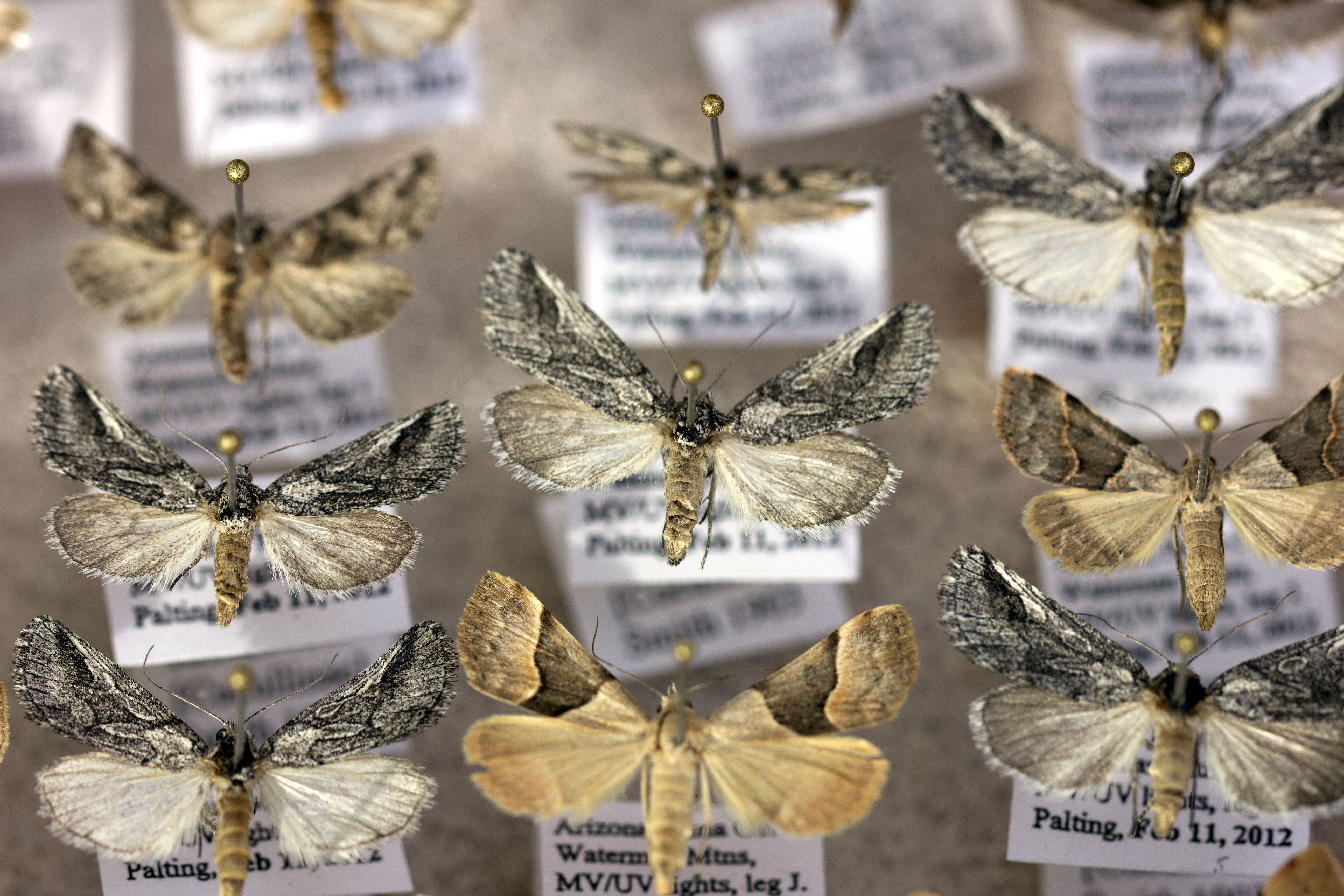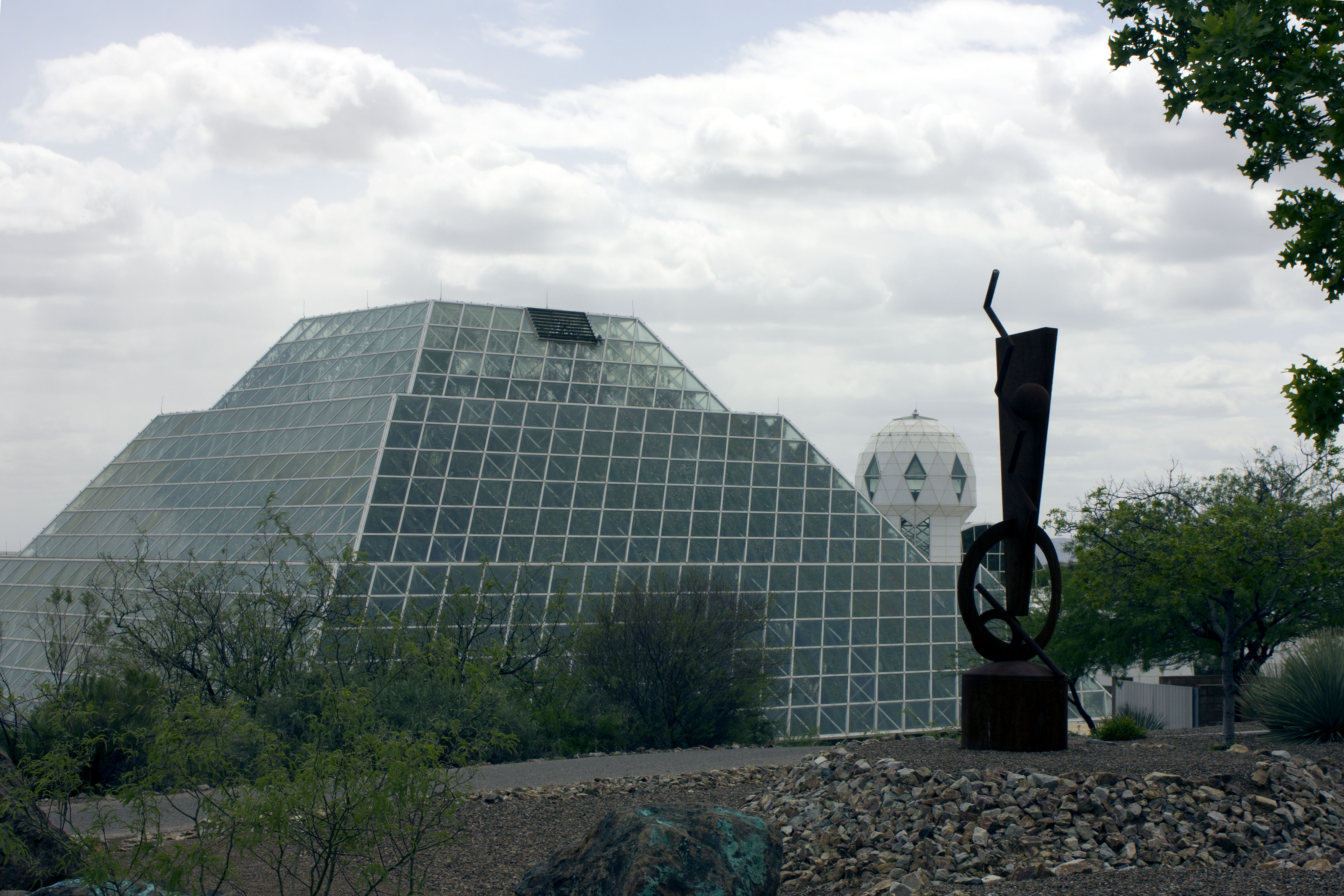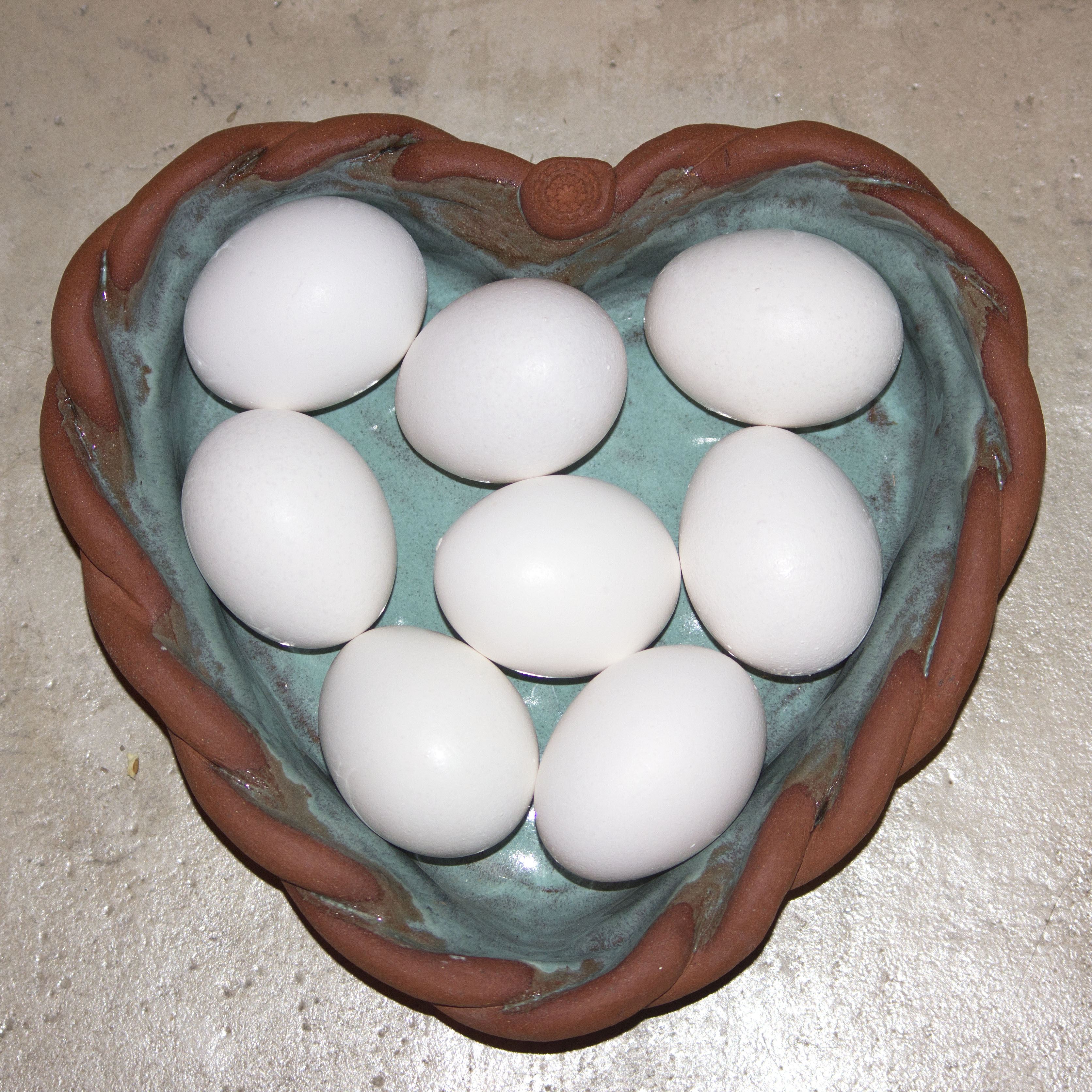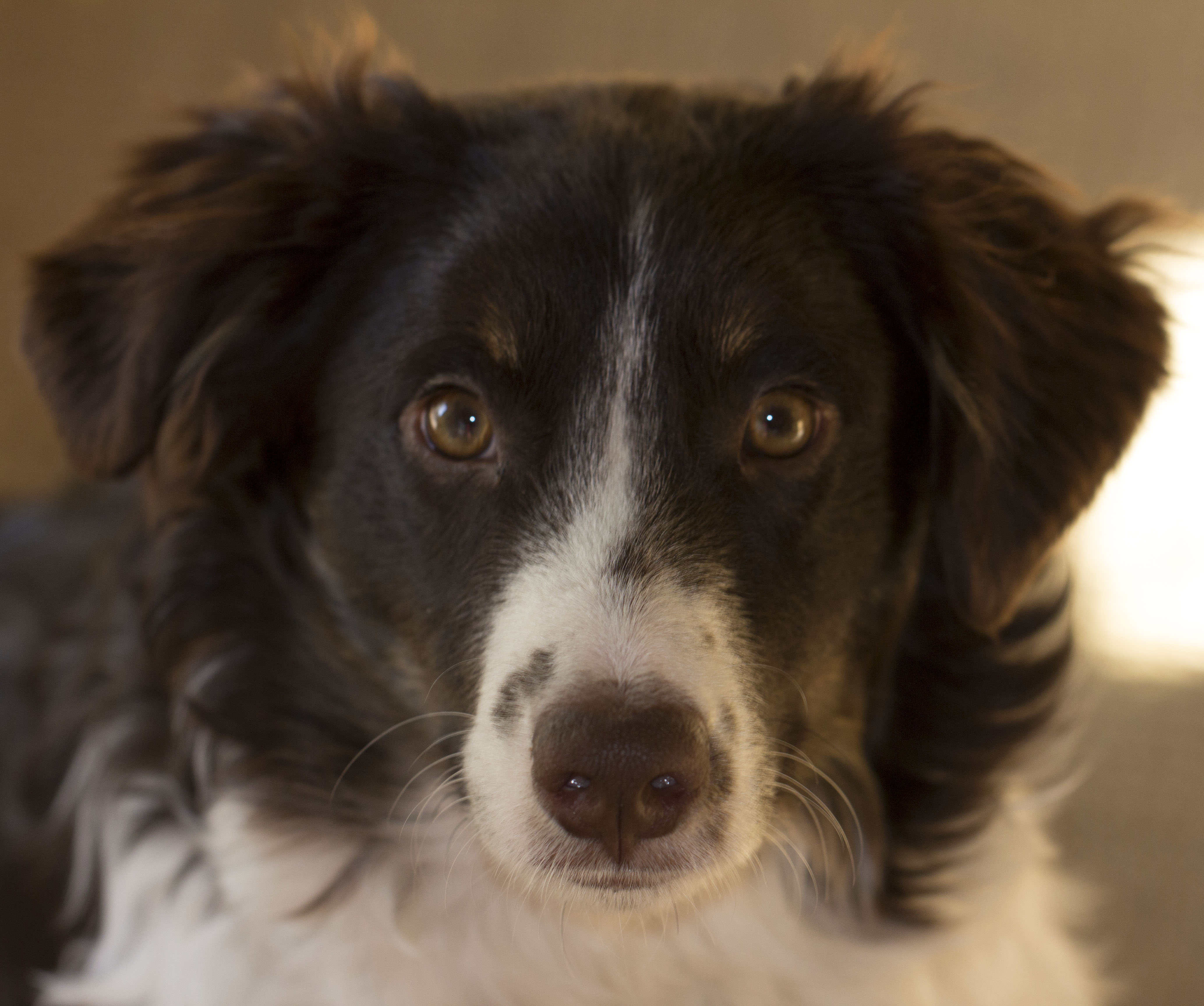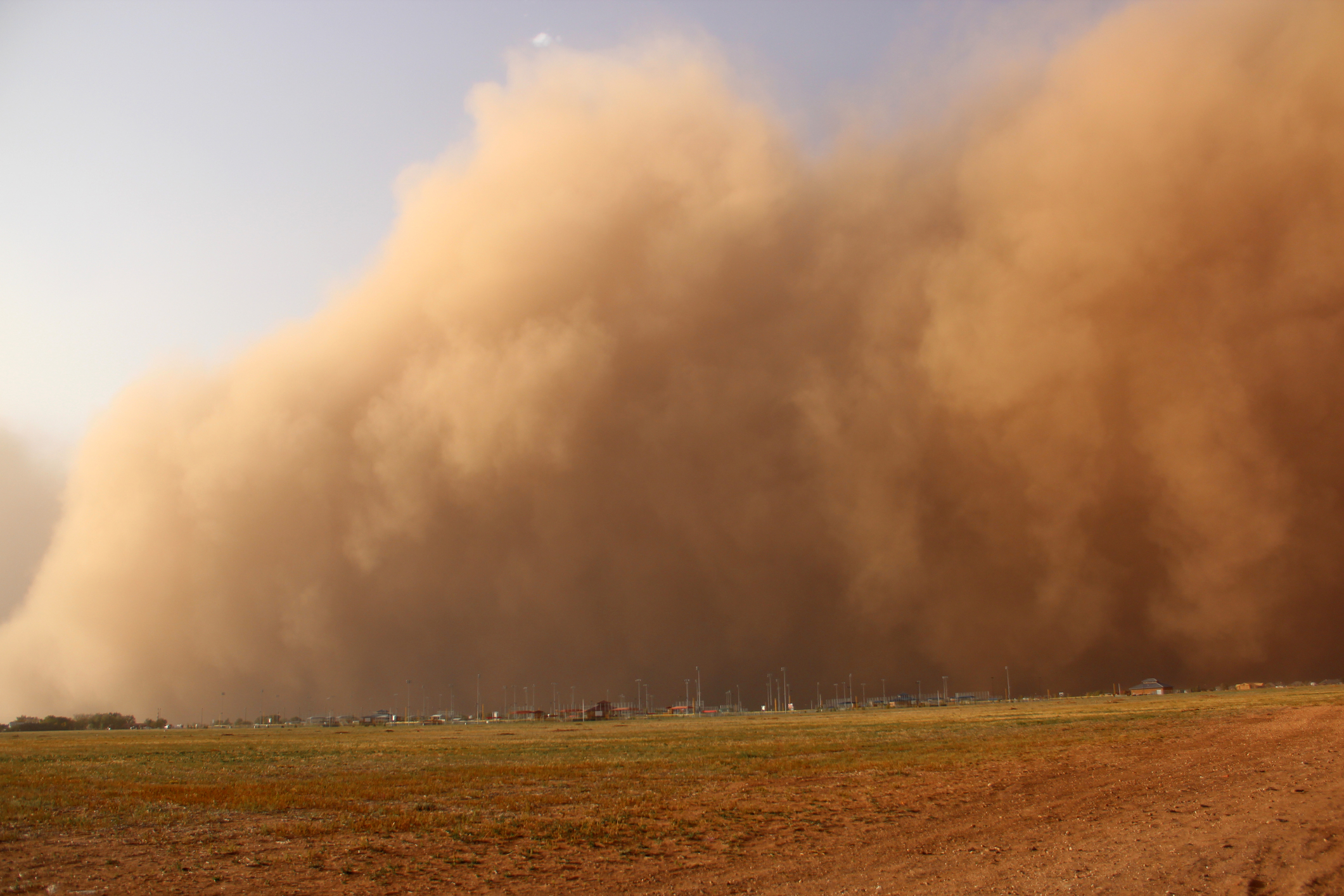Spillover
In Spillover, David Quammen takes on “the next big human pandemic,” which could very well be a “spillover” disease originating in animals, eventually infecting human hosts. The characteristics of this next new plague could resemble Ebola, SARS, bird flu, Lyme disease or any one of a number of zoonotic plagues, diseases that transfer from animal host to human.
